5 things to discover, see, and do in Alghero
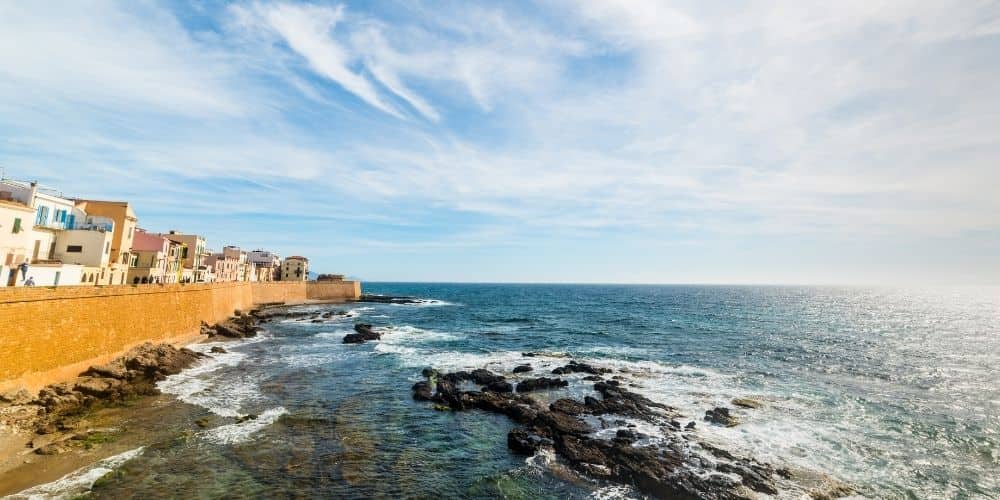
In such a context, we find the small city of Alghero, in the province of Sassari, located on the north-western coast of the island, facing the Spanish coast. Just with Spain, and with Catalonia in particular, the city maintains a historical relationship through the use of Catalan in its variant Algherese, officially recognized by Italy as a minority language.
Of this truly enchanting place, here you are 5 places that you cannot miss during a visit to the city.
5. Getting lost in the old town of Alghero
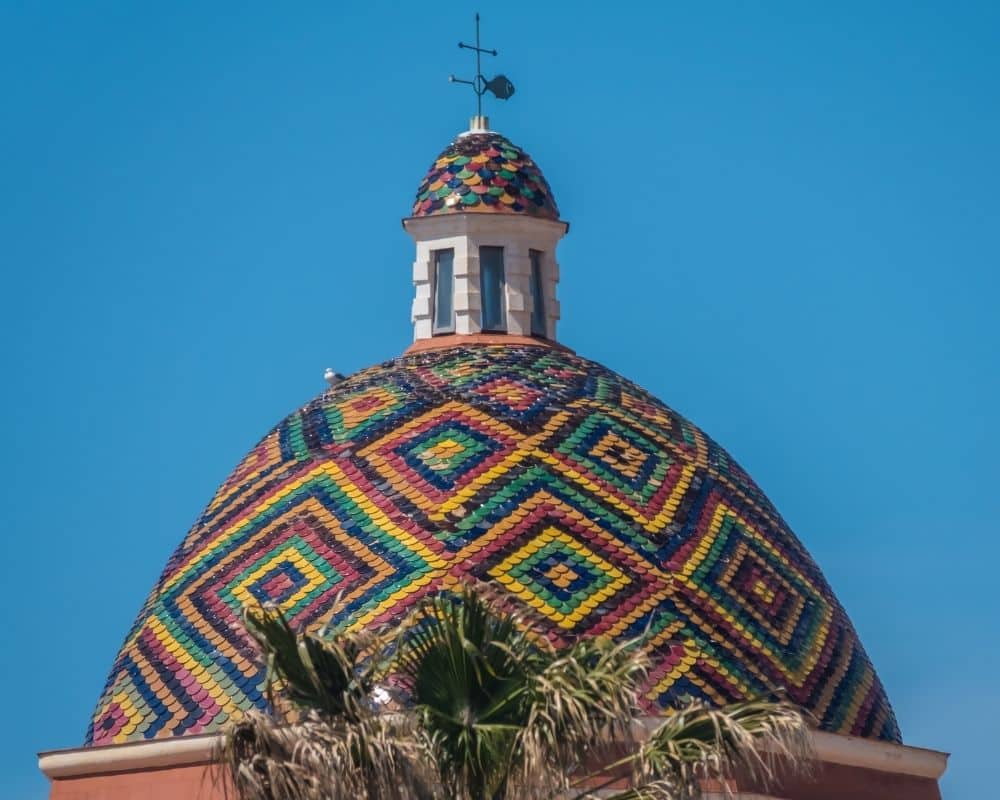
Sardinian cities indeed create a particular balance with nature, but it is also true that their historical, artistic, and architectural aspects exactly reflect the culture of the ancient cities of Europe, born in the Middle Ages. From this point of view, both the civil and religious architecture of the city is splendid: from the Palace of the old customs to the Civic Theater of plaça del Bisbe, built in the heart of the ancient city in the early nineteenth century. In the city, there are also museums and civic collections and works of art related to places of worship: the Cathedral of Santa Maria (16th century), the Church of San Miguel with its colourful dome and the Church of San Francisco, with its bright dome its typical Catalan architecture. Getting lost in the city's small streets is the first activity that every person should do during a visit to Alghero.
The historic centre of Alghero is certainly one of the most beautiful in Sardinia.
4. Spending a day among the towers and the ancient walls of Alghero
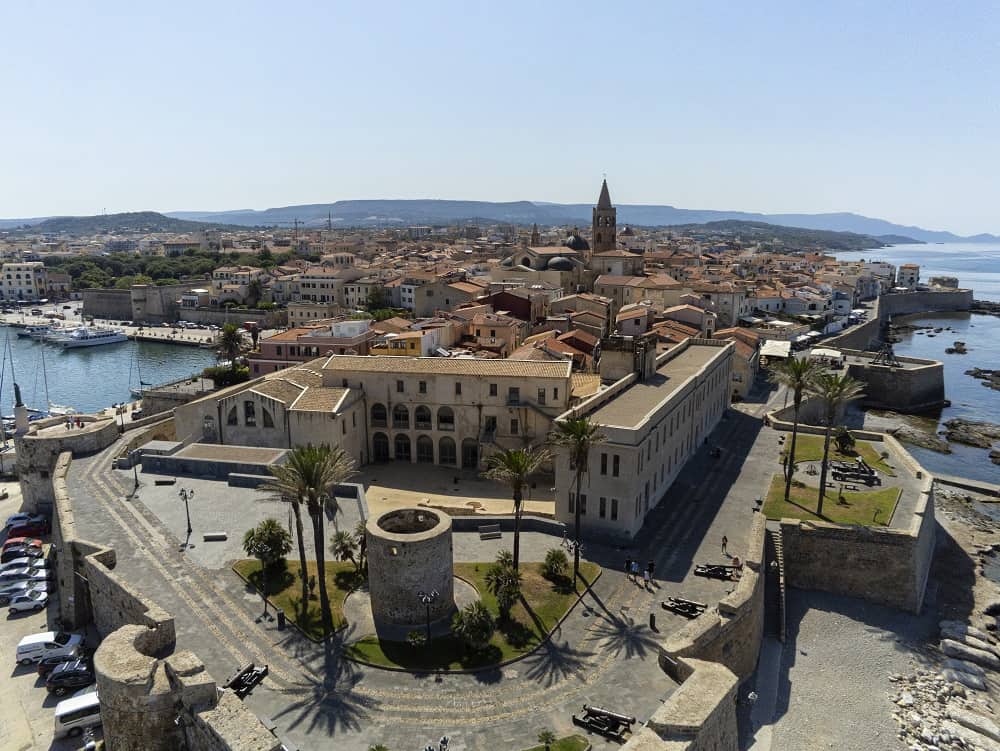
Fascinating is the great fortification complex Aragonese-Catalana of medieval origin, characterized by large bastions and an intricate system of towers. These had the function of defending the ancient city from external attacks and today all this is perfectly preserved.
To remember the Porta Rejal today known as the Porta di Portaterra, ancient (and for a long time the only) entrance to the city for those arriving from the north. The tower of San Giovanni is also known as the 'di mezzo' (lit. "of the center"). Another famous tower of Alghero is the tower of Sulis known for the violent battles that took place in the fifteenth century.
3. Relaxing at sunset near the sea
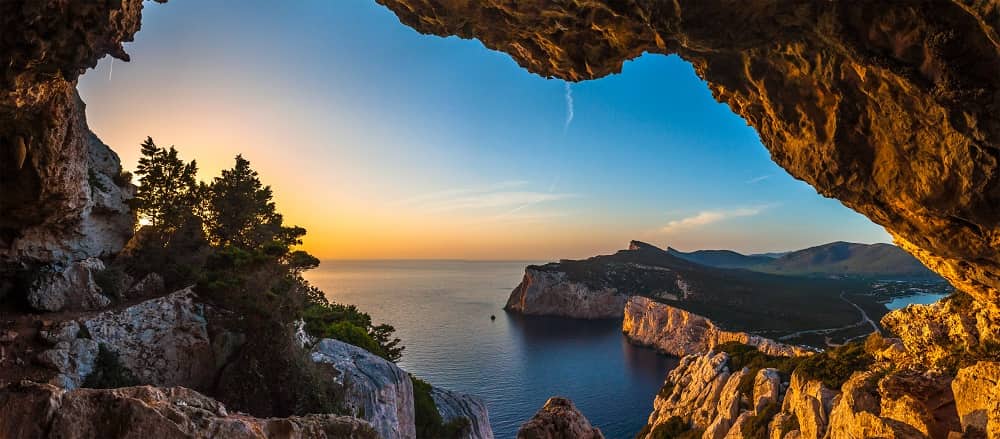
Like many cities of Sardinia and the Italian coast, in general, is the sea to be the protagonist. This is because on the Mediterranean coasts the climate is often pleasant, the water temperature is inviting for bathers and the presence of large predators or threats from the sea is almost completely excluded. We can say that the Mediterranean is a gentle and pleasant sea in which to sail, do sports, or even just to walk. Even the city of Alghero has a beautiful promenade on which to stroll, where to live the city in the hot Italian summers, were to have an aperitif and relax with the people you love. In this regard, to live the best moments of relaxation "sea view" there is a place to recommend for those who visit the city: the Blau Skybar at Hotel Catalunya.
This is a terrace overlooking the sea that after sunset becomes the ideal place for dreamers and lovers of natural beauty. The view of the harbour and the old town provides an image of great charm that will remain with you forever. In addition, the location of the hotel is truly ideal for those who want to enjoy Alghero with maximum relaxation.
From the Blau Skybar, you can enjoy an unparalleled view of the Coral Riviera. Sunset is the ideal time to relax on this terrace: the sky above the skyline of Alghero's old town, with the bay and Capocaccia in the background, become a natural spectacle of breathtaking colours.
The chefs are always ready to prepare delicious menus for cocktails and refreshments, for buffet or table service lunches and dinners. The staff is available to customise the rooms and the service, to suit any particular need. This location is also ideal for your events in Alghero.
2. Visiting the great archaeology of the place and the necropolis of Anghelu Ruju
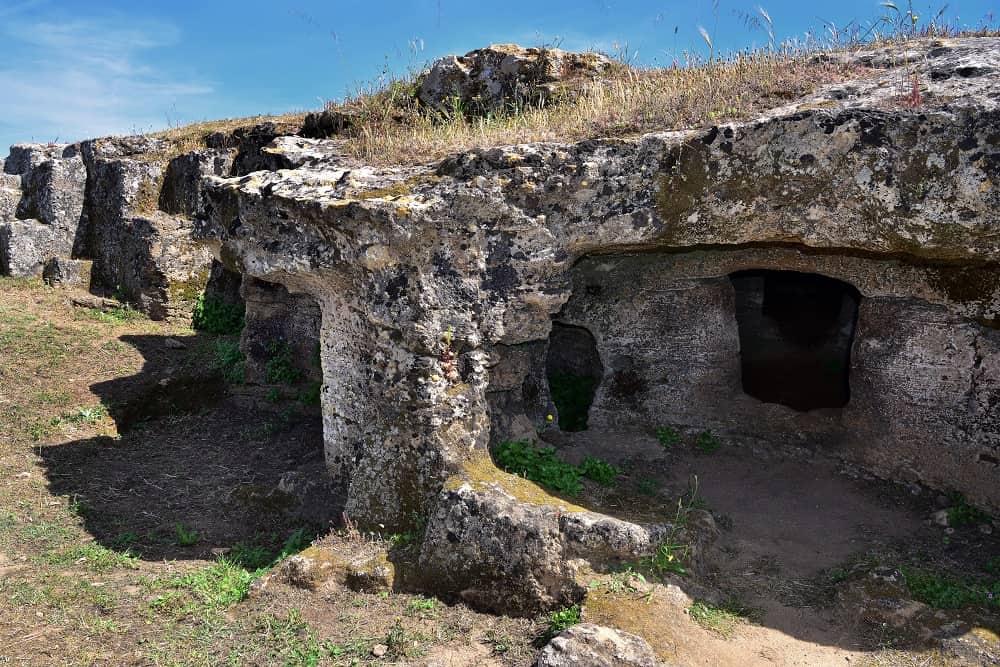
As we have already remarked, Sardinia has a millenary history and there are many archaeological testimonies of this territory. Just 5 km from the center of Alghero, and near the airport of Alghero, in the locality of Li Piani, there is the incredible necropolis of Anghelu Ruju, an ancient burial place dating back over 5 thousand years ago. It was discovered by pure chance in 1903 and includes about 38 underground hypogea, dug directly into the limestone rock typical of northern Sardinia.
Some of these ancient tombs have an entrance called Dromos which consists of an open-air corridor that brings the light inside while others have a more complex and vertical architecture. Walking among these ancient places is a real dive into the past.
1. Feeling the scent of the beaches and enjoying the cliffs and caves of Alghero
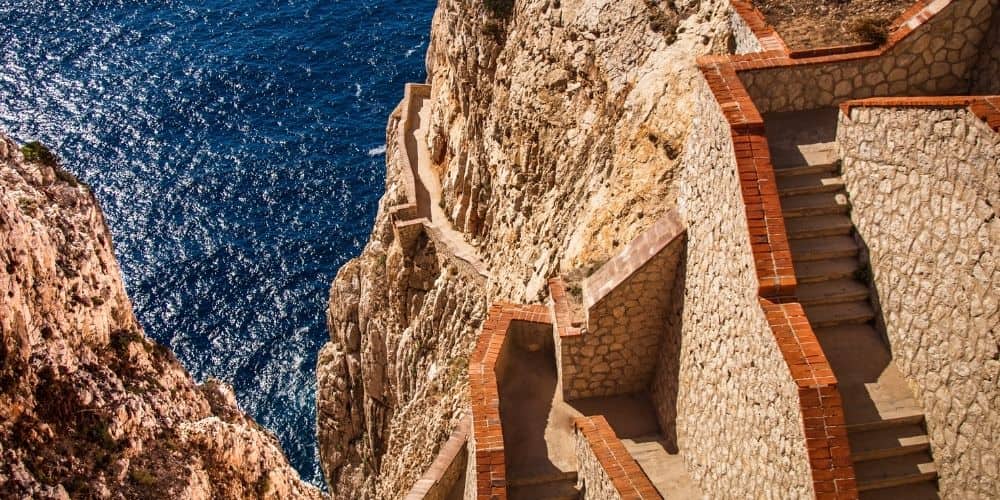
Nature throughout Sardinia has been particularly generous with breathtaking views and some of the most beautiful beaches in the Mediterranean. As for the immediate surroundings of Alghero you can venture into the incredible Caves of Capo Caccia where you can admire some wonderful sunsets. In these areas you can descend through the Escala del Cabirol, an architectural masterpiece of the artist, poet, and Sardinian independentist Antoni Simon Mossa, to reach the Caves of Neptune. A truly incomparable place, inspiring poetry, and cinema that you have to discover. If you want to find out more about the beaches of Alghero, Visit Italy offers this article.
About the author
Written on 01/07/2021

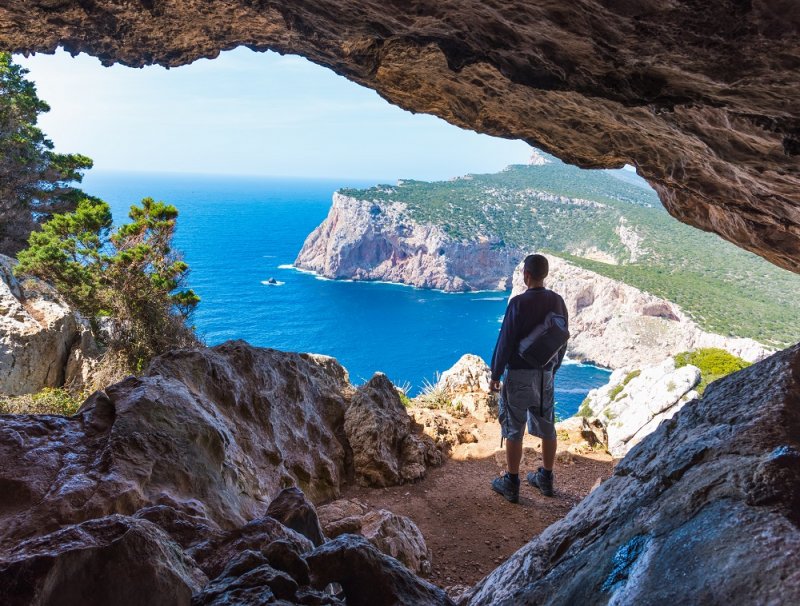

Emanuele Castellano
Sardinia is one of those few places in Italy still to be fully discovered. It is a wonderful island that appears to those who visit it as an immense open-air museum, rich in archaeology, history, and nature. Every day, a place is a discovery, able to give incredible experiences through its millennial history: culture, beliefs, traditions. Alghero is certainly a good example.